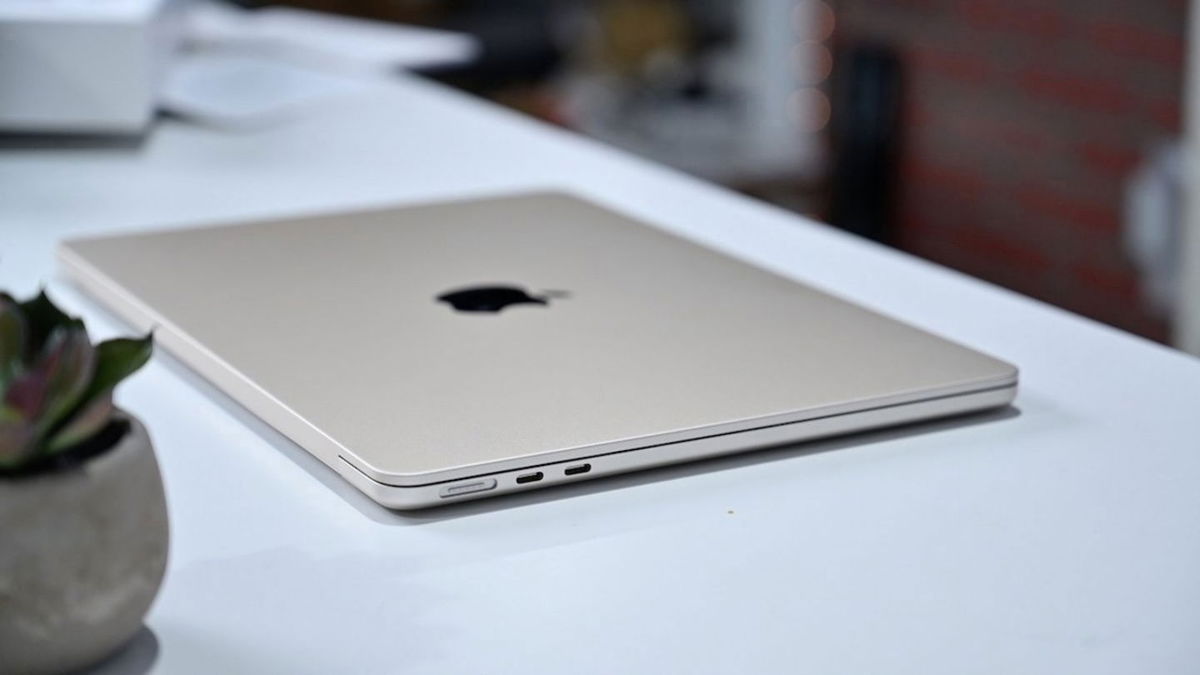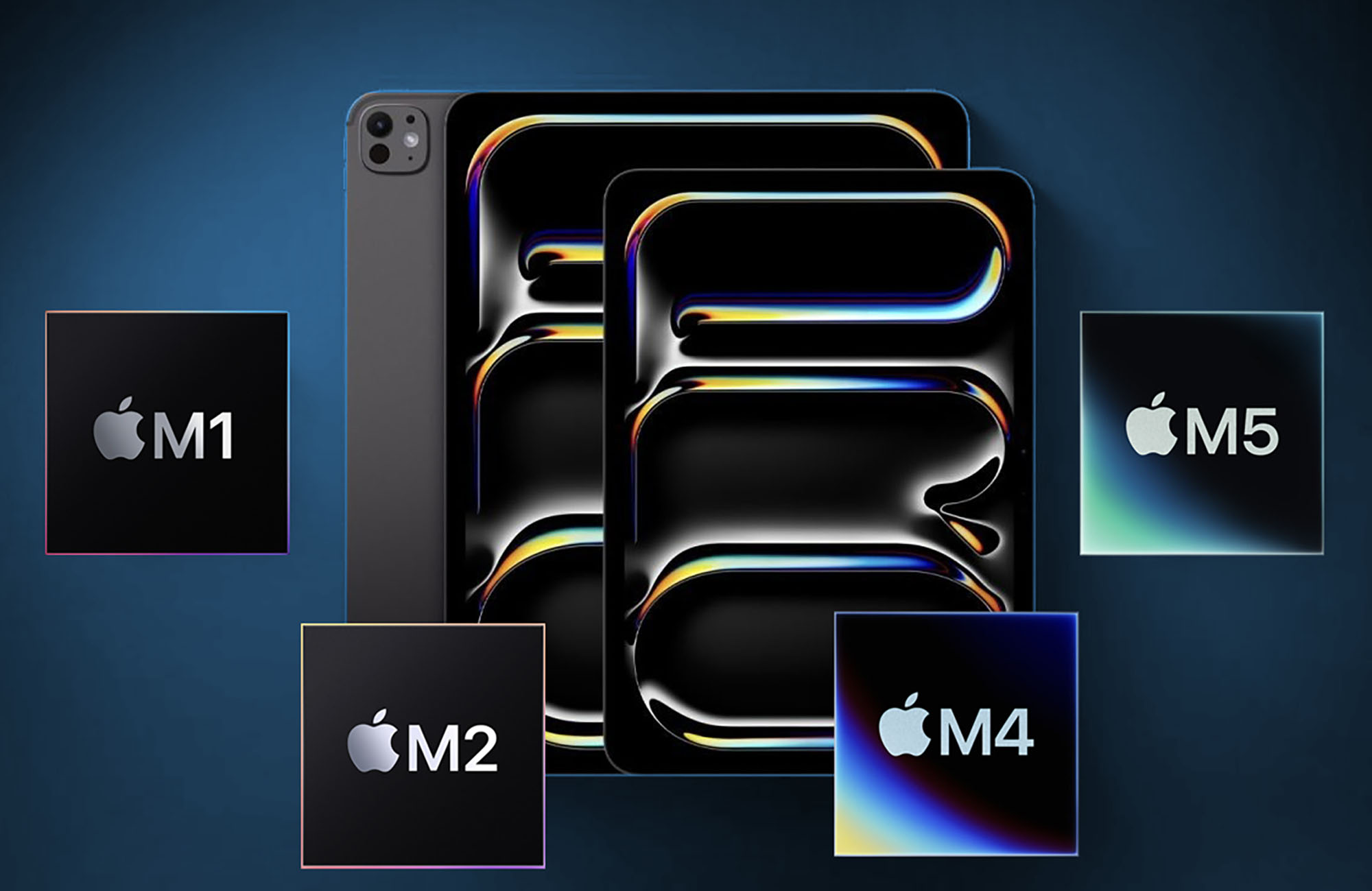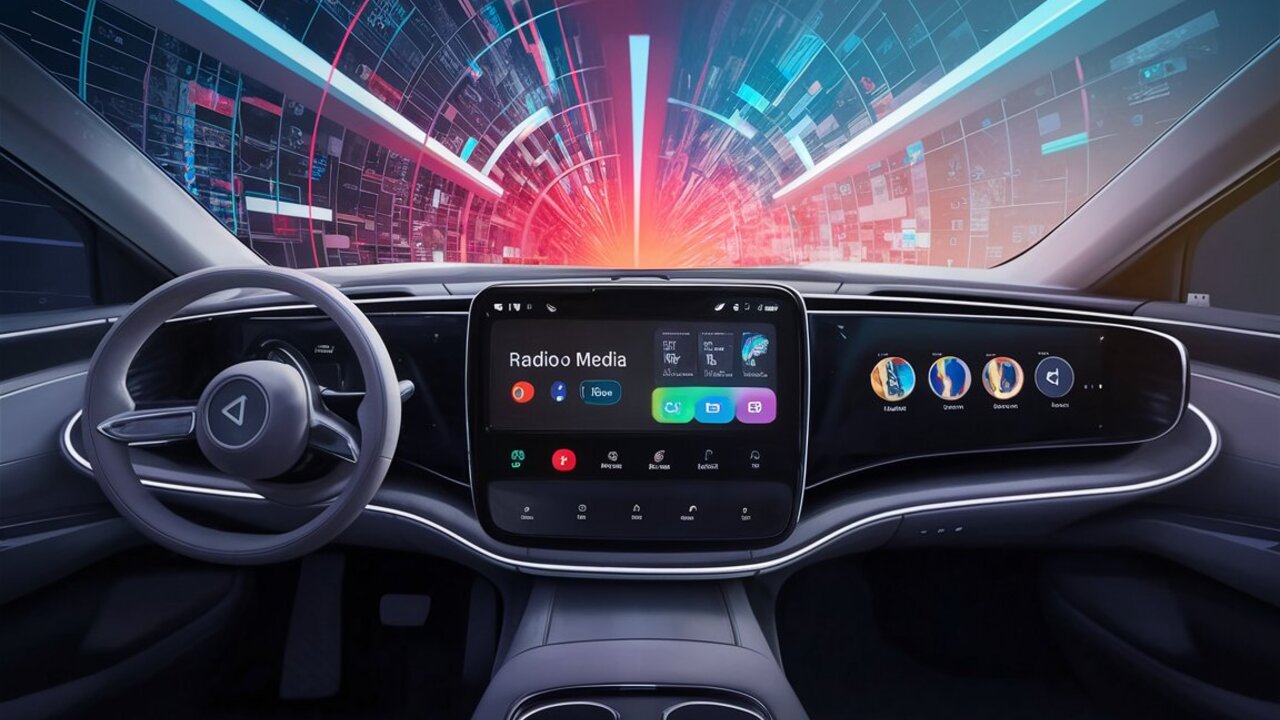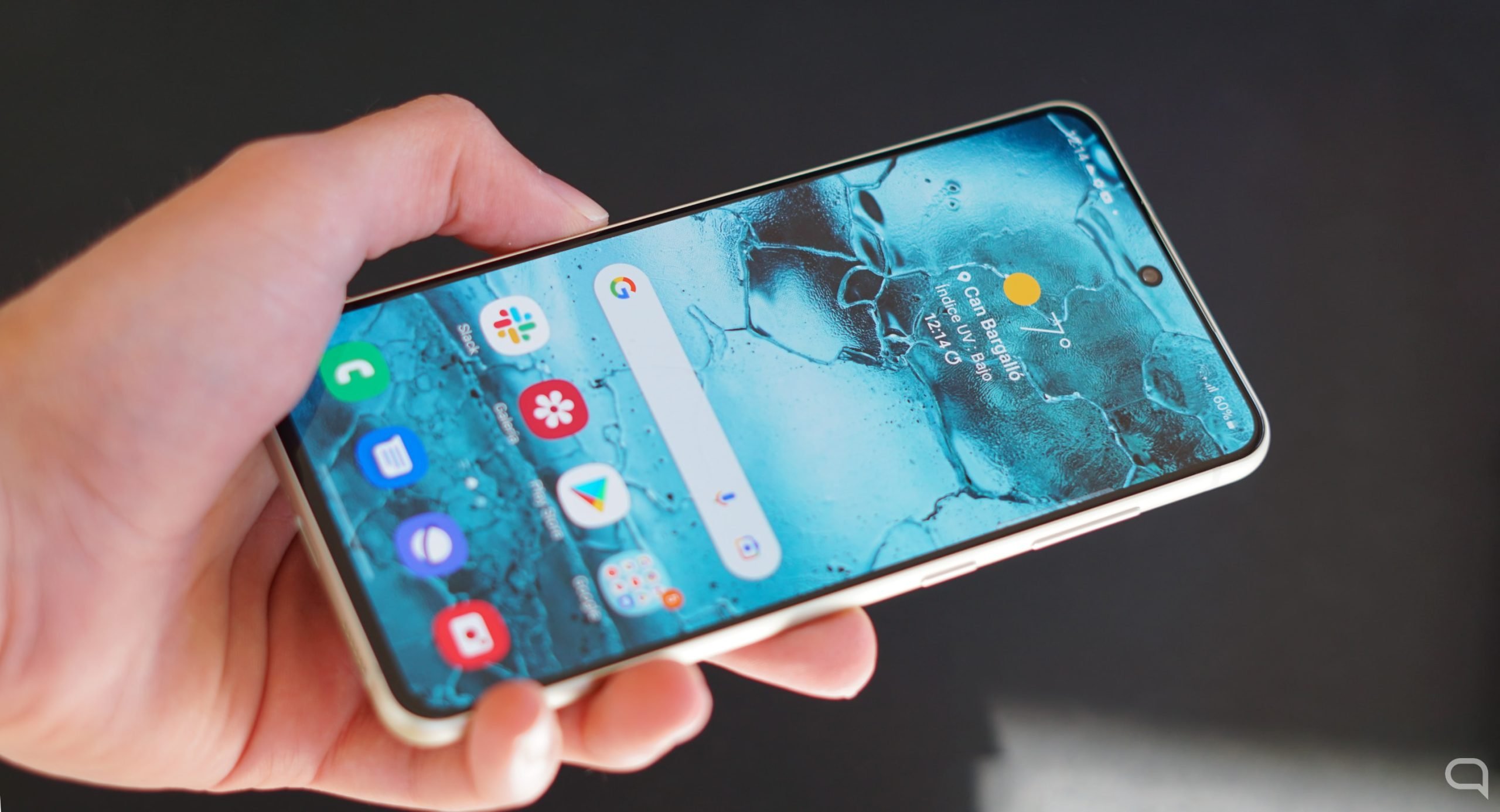The announcement of the Mac Pro with M2 Ultra was one of the most unexpected at WWDC. After the success achieved with Mac Studio, representatives of Cupertino regained lost ground in the professional field. Similarly, the transition to a powerful desktop computer marks the end of Intel processors.
Until a few hours ago The 2019 Mac Pro was the last Mac with an Intel chip.. A redesign announced the same year included a modular computer based on Xeon processors with up to 28 cores, 1.5 TB of RAM and Radeon graphics. Times were different, and while rumors of a switch to ARM were strong, the idea of a Mac Pro with an Apple chip seemed a long way off.
That all changed in November 2020, when Apple introduced its first ARM processor for Macs, the M1. The M1 unified architecture outperformed the latest x86 chips by almost two to one without sacrificing power consumption. The era of Apple Silicon has begunand with it the end of Intel as a technology provider.
Arrival from The M1 Ultra was enough to put a stop to claims that an ARM processor would never outshine Intel chips.. The new Mac Studio SoC combined two M1 Max chips together using the UltraFusion architecture to double the performance. The result surpassed the more powerful Core i9 and NVIDIA RTX 3090.
Apple planned a two-year process to complete the transition to its processors. With the launch of the M2 and M2 Pro, the last Intel-powered Mac went off the market in early 2023, and today it’s the Mac Pro’s turn.
Mac Pro was the beginning and end of Intel
Relationship between Apple and Intel kick off at WWDC 2005when Steve Jobs announced that the next Mac would use x86 processors. The technology began a gradual transition that left behind the PowerPC architecture that powered the hardware for over twenty years.

“Our goal is to provide our customers with the best personal computers in the world, and going forward, Intel certainly has the strongest processor roadmap,” Jobs said. “It’s been ten years since we moved to PowerPC, and we believe that Intel technologies will help us build better personal computers over the next ten years,” the Apple co-founder said in 2005.
Unlike Apple Silicon, changing architecture to x86 was more problematic at first. Rosetta’s performance, which allowed PowerPC applications to run on Intel processors, was not the best. Add to that that fans weren’t happy with the Windows-related chip. However, Macs based on Intel processors have opened the door to attract more users.
In recent years, Intel gives way to chip manufacturing process. While AMD was developing more efficient processors, Intel could not get past the 10nm process technology. The most powerful x86 laptops were large and had poor battery life, which would not be the case with an ARM processor.
In its strategy to control the technology of its products, Apple announced its first chip, and with it the end of a 15-year partnership. Just as the Mac Pro of 2006 marked the end of the PowerPC, The Mac Pro with the M2 Ultra is the final nail in the coffin of the Intel era..
Source: Hiper Textual
I’m Ben Stock, a highly experienced and passionate journalist with a career in the news industry spanning more than 10 years. I specialize in writing content for websites, including researching and interviewing sources to produce engaging articles. My current role is as an author at Gadget Onus, where I mainly cover the mobile section.











